Apple's next-gen iPod nano may see return of narrow form factor
Citing "extremely confident" sources, iLounge reports the new player will retain its traditional click-wheel while sporting an elongated display with the same 1.5:1 widescreen aspect ratio as the iPhone and iPod touch, versus the 1.33:1 ratio of the prior iPod nano and iPod classic.
This will leave the player looking like, among all other things, one of Microsoft's existing Flash-based Zune players, those sources say. Apple is said to have made the move in order to preserve all of the fatboy nano's usability, while adding longer display that will allow users to rotate the device into landscape mode for viewing videos.
While iLounge is not a traditional source of insider information, it does have close ties to iPod and iPhone casing manufacturers who are sometimes privy to the dimensions of Apple's next-generation handheld devices ahead of their release.
By releasing those dimensions early, Apple affords those manufacturers ample time to develop and bring to market casings and protective holders around the same time that it introduces its remodeled handheld products.
An artist's rendition of what may be Apple's next-gen iPod nano design. | Source : iLounge.
As such, iLounge is largely credited as being one of the few publications to accurately describe the form factor of Apple's iPhone 3G handset before its public unveiling.
In its report late Tuesday, the publication also cited sources who indicated that recent rumors of next-generation iPod nanos adopting multi-colored enclosures are "most likely inaccurate."
Instead, each fourth-generation iPod nano is will more likely sport a single-colored anodized aluminum frame akin to the second-generation of the players introduced in the fall of 2006.
 AppleInsider Staff
AppleInsider Staff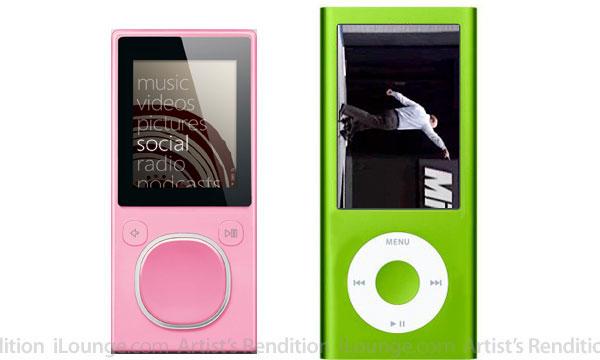
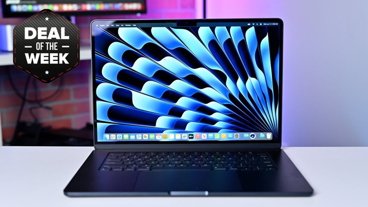












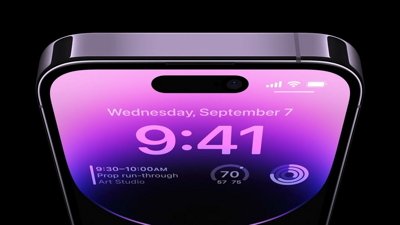
 Charles Martin
Charles Martin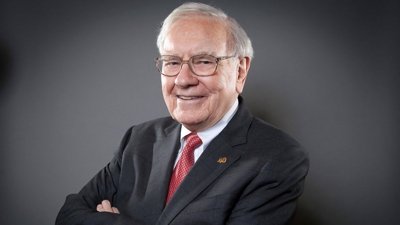
 William Gallagher
William Gallagher
 Andrew Orr
Andrew Orr
 Malcolm Owen
Malcolm Owen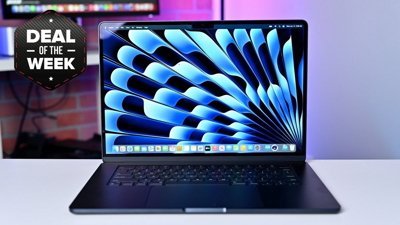
 Christine McKee
Christine McKee
 Chip Loder
Chip Loder
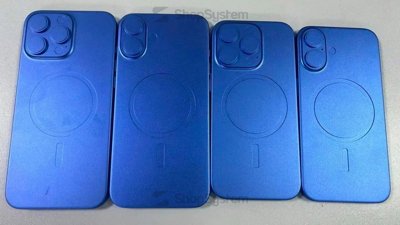
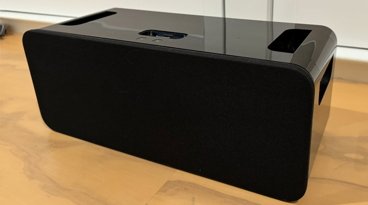
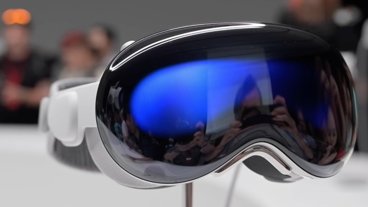
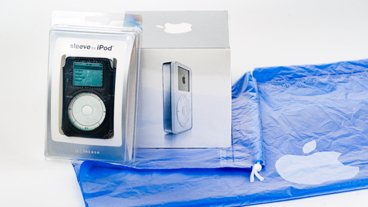






77 Comments
The new design's screen would be nice because the aspect ratio is better, especially if you're converting widescreen DVD's for viewing on your iPod. Wonder how people will like the longer form....
Why bring the Zune into it?
It just looks like a 1G and 2G nano, which the Zune team borrowed the shape from.
This is so funny because I just saw two people on the subway with each one and noticed how much better the skinny version fit in the hand. The fat version was in a shirt pocket and seemed less confortable to use- IMO.
A touch screen Nano would be amazing.
If you are able to turn the iPod the buttons will rotate too... that doesn't seem very Apple like since first, the direction and words will rotate too and now instead of up being menu it will be next, etc??? How do you solve that problem, why an accelerometer and a touch screen - iPod Touch Nano.
Return to the slimmer form factor is good - but, please Apple, give us better than average audio!! I want my Audiophile iPod! iPods/Apple needs to be class leading in Audio Quality.